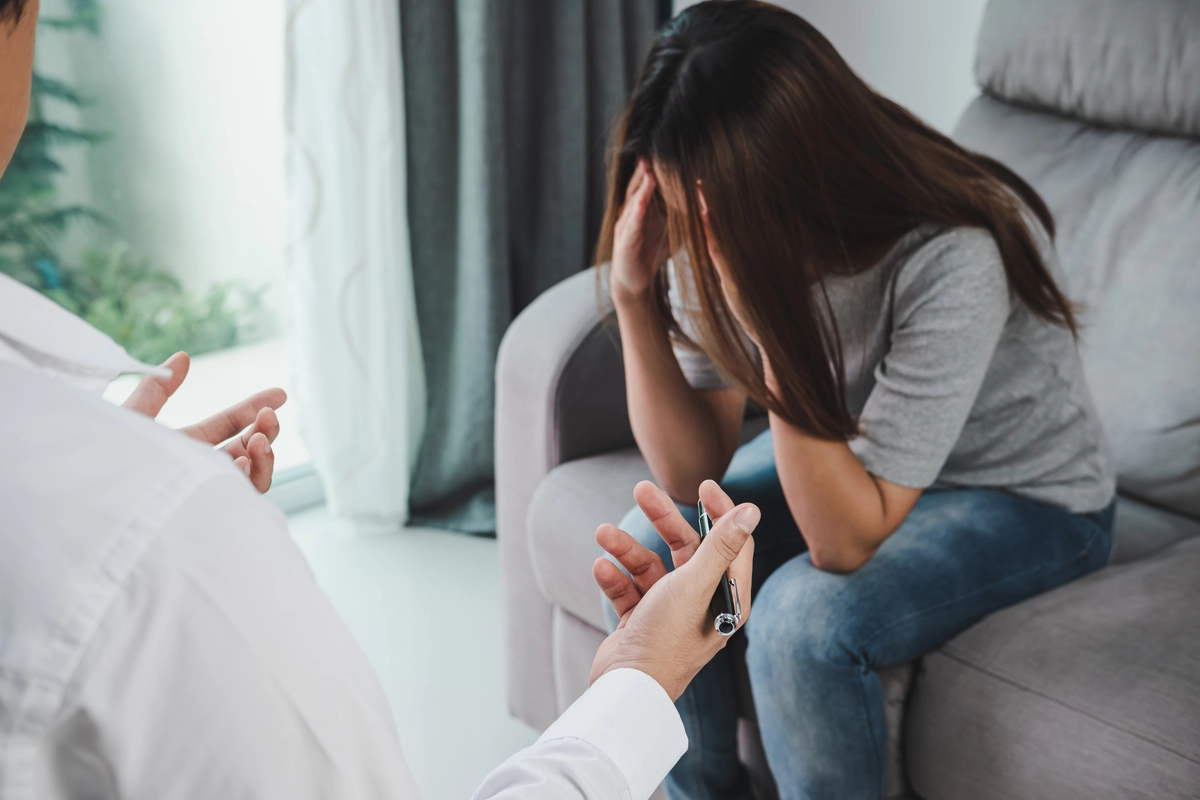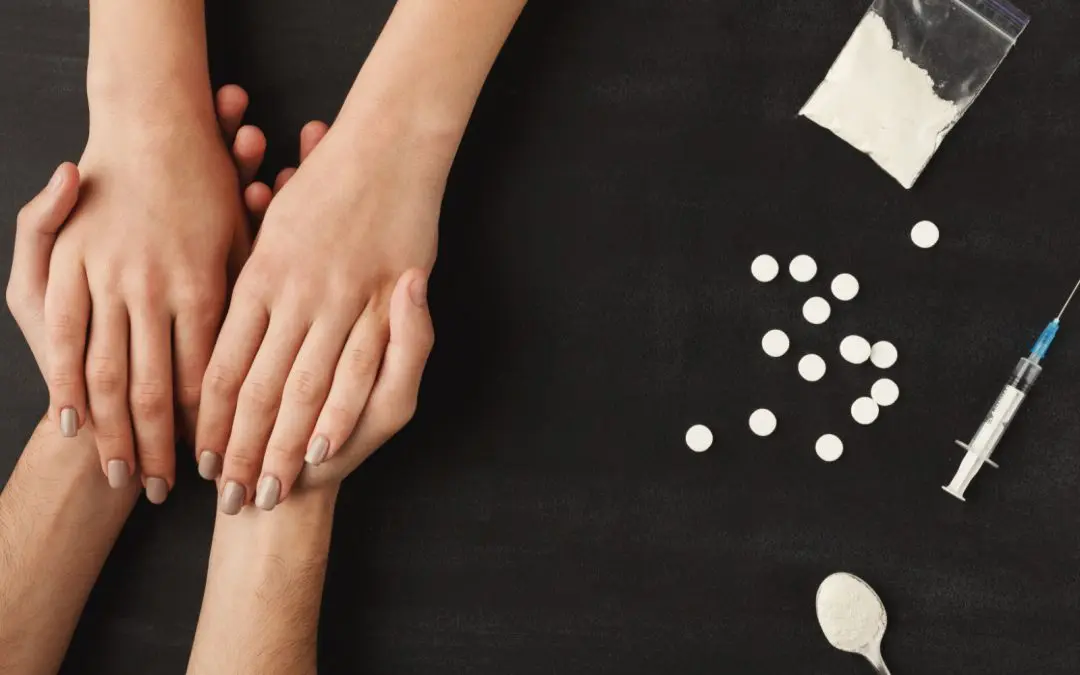24/7 Helpline:
(866) 899-221924/7 Helpline:
(866) 899-2219
Learn more about Opioid Rehab centers in Peru
Opioid Rehab in Other Cities

Other Insurance Options

CareSource

Ceridian

Private insurance

BlueShield

Evernorth

Magellan

BlueCross

Access to Recovery (ATR) Voucher

PHCS Network

Health Choice

Lucent

AllWell

ComPsych

State Farm

Providence

American Behavioral

Highmark

GEHA

Optum

Meritain

Four County Counseling Center
Four County Counseling Center, in Peru, Indiana, is an outpatient mental and behavioral health care ...

VA Northern Indiana Health Care System – Peru Community Based Outpatient Clinic
Peru Community Based OutPatient Clinic is a clinic located in Peru, IN. Peru Community Based OutPati...












